What Is the Margin of Safety? Here’s the Formula to Calculate It
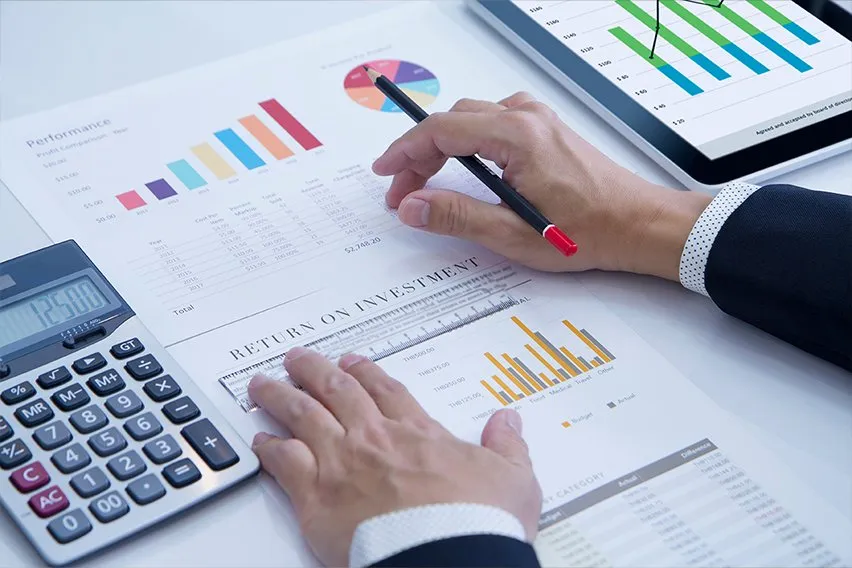
In accounting, the margin of safety is a handy financial ratio that’s based on your break-even point. It shows you the size of your safety zone between sales, breaking-even and falling into making a loss.
In other words, how much sales can fall before you land on your break-even point. Or, how much you’re selling above your break-even point. Like any statistic, it can be used to analyse your business from different angles.
That’s why it’s useful to track, alongside your profit margin.
Here’s What We’ll Cover:
How Much Do I Need to Produce to Make a Profit?
Is There a Universal ‘Good’ Margin of Safety?
How Can I Use Margin of Safety Information to Help My Business?
What Is a Break-Even Point?
Your break-even point (BEP) is the sales volume that means your business isn’t making a profit or a loss. Your outgoing costs are covered by these break-even point sales, but you’re not making any profit.
As a start-up, with a couple of years loss-making to work through, getting to breaking even is an accomplishment. More established companies want to stay as far away from their break-even point as possible.
The closer you are to your break-even point, the less robust the company is to withstanding the vagaries of the business world. If your sales are further away from your BEP, you’re more able to survive sudden market changes, competitors’ new product release or any of the other factors that can impact your bottom line.
That’s why you need to know the size of your safety net – what your accountant calls your “margin of safety”.

What Is the Margin of Safety?
Thankfully, this is a very simple mathematical calculation. Your margin of safety is the difference between your sales and your break-even point. It shows how much revenue you take after deducting all the costs of production. The safety zone before you hit break-even again. And we all know that it’s only a small step from breaking even to losing money.
To work out your business’s margin of safety, the simplest margin of safety formula is:
Actual sales – break-even sales = margin of safety
For example:
- Actual sales: £400,000
- Break-even sales: £100,000
- Apply formula: 400,000 – 100,000 = 300,000
- Margin of Safety = £300,000
Margin of Safety Percentage
To express this as a percentage, which can be more useful when doing comparisons, the margin of safety formula becomes:
Margin of safety percentage = (Actual sales level – Break-even point) ÷ Actual sales level x 100
For example, using the same figures as above:
- (400,000 – 100,000) ÷ 400,000 x 100 = 75
- Margin of Safety percentage = 75%
This can be applied to the business as a whole, using current sales figures or predicted future sales. No one can irrefutably answer the big question – will this sell? But using your Margin of Safety can certainly give you one picture of the situation and can help you minimise risk to your profitability.
You can also use the formula to work out the safety zones of different company departments. It’s useful for evaluating the risk of the different services and products you sell. And it’s another indicator you can apply to new projects you’re considering.
How Much Do I Need to Produce to Make a Profit?
To work out the production level you need to make a profit, you can also work out the margin of safety in units. You still take the break-even point from the current sales figure, but then divide the sum of that by the selling price per unit.
This formula is:
Margin of safety = (Actual sales – Break-even sales) ÷ Selling price per unit
For example:
- Selling price per unit: £100
- Actual sales: £300,000
- Break-even point: £100,000
- Apply formula: 300,000 – 100,000 ÷ 100 = 2,000
- Margin of Safety = 2,000
This means that if you lose 2,000 sales of that unit, you’d break even. And it means that all of those 2,000 sales over the break-even point are profit.
Businesses use this margin of safety calculation to analyse their inventory and consider the security of their products and services.

Is There a Universal ‘Good’ Margin of Safety?
Most businesses consider that a high margin of safety is good. It’s better to have as big a cushion as possible between you and unprofitability.
But there is no standard ‘good margin of safety’ percentage or amount. The context of your business is important and you need to consider all the relevant elements when you’re working out the safety net for yours.
For example, the same level of safety margin won’t necessarily be as effective for two different companies. Take 2 companies, both with a margin of safety of £20,000.
Company 1 has a selling price per unit of £200 and Company 2’s is £10,000.
Company 1 can lose 100 sales before hitting their break-even point. But Company 2 can only lose 2 sales before they get to the same point. £20,000 is a comfortable margin of safety for Company 1, but is nowhere near enough of a buffer from loss for Company 2.
How Can I Use Margin of Safety Information to Help My Business?
You’ve got FreshBooks accounting software to automate all your invoicing, generate reports and properly connect all your business’s financial information. So you’ve got time to really evaluate and use all the information you’ve got just a click away.
Now you’re freed from all the important, but mundane, bookkeeping jobs, you can apply your time and energy to deeper thinking. This means you can dig into your current figures and tweak your business to improve growth into the future. For example, using your margin of safety formulas to predict the risk of new products.
Alongside all your other data, you can use your margin of safety calculations to help with budgeting and investing decisions about your business. Just tracking your margin of safety month-to-month keeps your business, well, safer. You never get too near that break-even point, or tumble unknowingly into being unprofitable.
RELATED ARTICLES

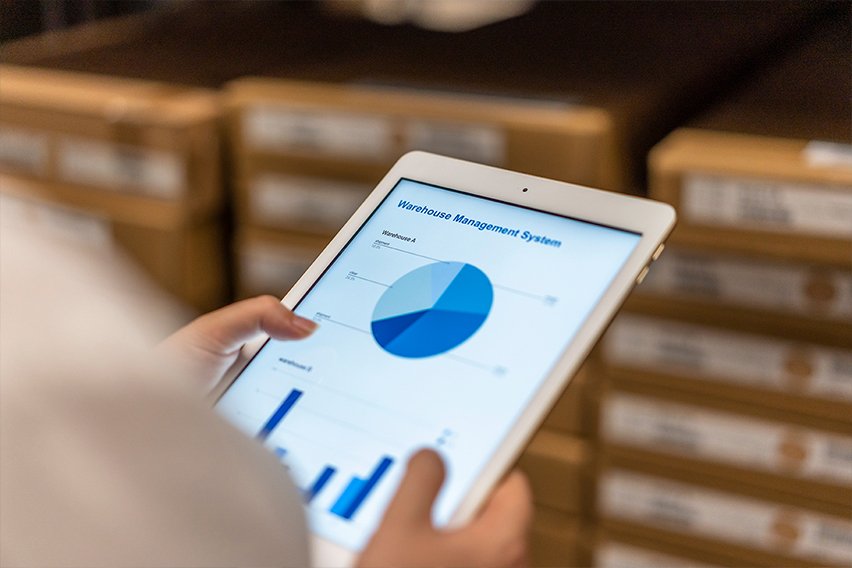 How to Calculate the Inventory Turnover Ratio for Your Business
How to Calculate the Inventory Turnover Ratio for Your Business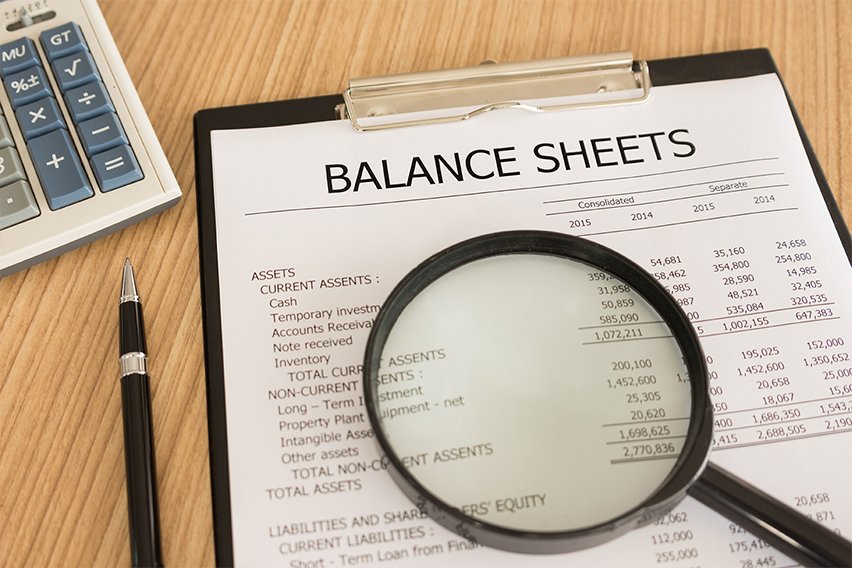 What Are Micro Entity Accounts?
What Are Micro Entity Accounts? What Is a Merchant Account? How Do I Get One?
What Is a Merchant Account? How Do I Get One?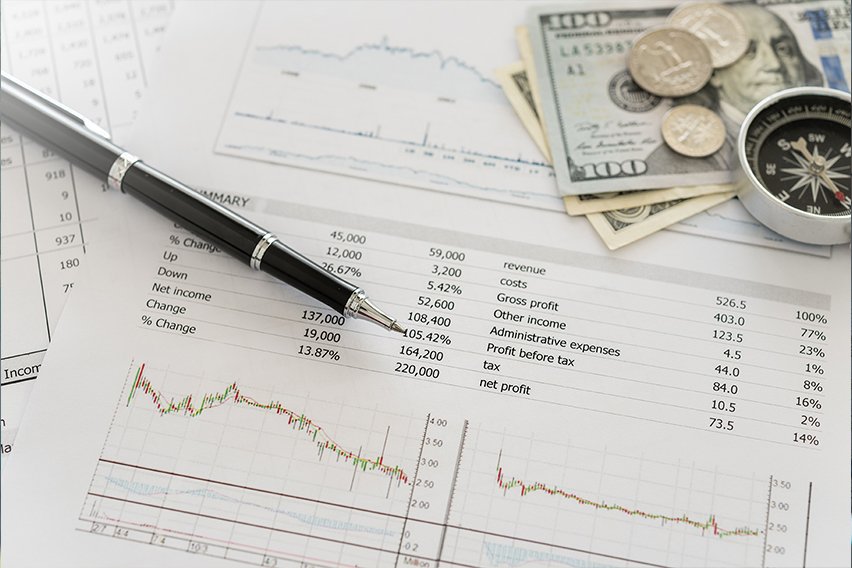 What Is a Cash Flow Forecast and How to Make It?
What Is a Cash Flow Forecast and How to Make It?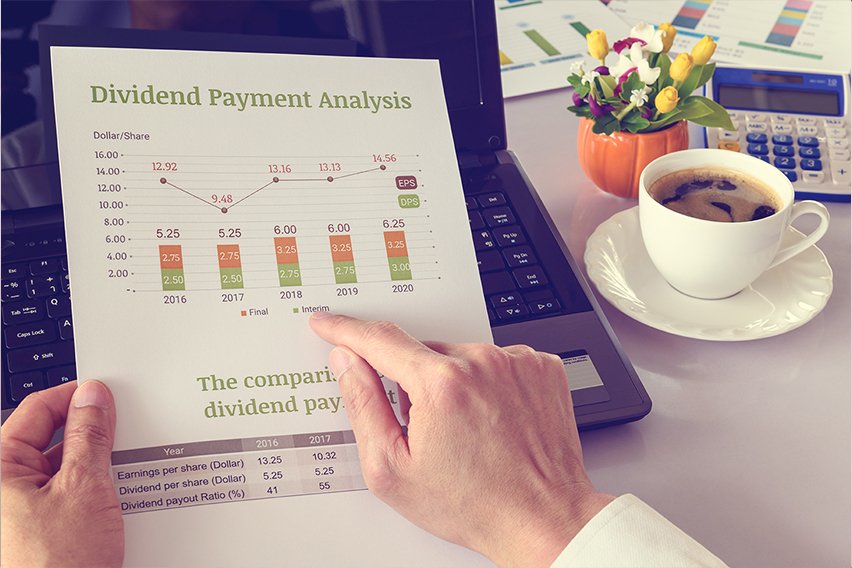 What Is a Dividend? Definition, Example and How They Work
What Is a Dividend? Definition, Example and How They Work